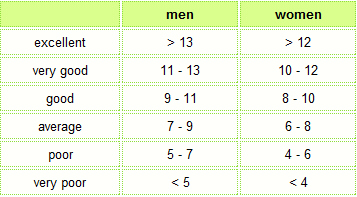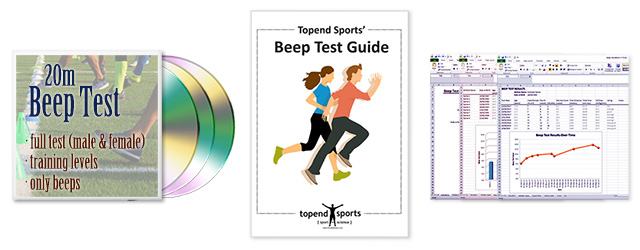

( December 2021) ( Learn how and when to remove this template message) Unsourced material may be challenged and removed. Please help improve this section by adding citations to reliable sources. Scoring is usually done using "Level.Shuttle" terminology for example, 10.2, which means "completed 2 shuttles at level 10". Their most recent successfully completed shuttle is marked as their score. Two consecutive failures terminates their attempt. Scoring Ī runner who fails to reach the relevant marker in time is cautioned if they want to continue, they must touch the marker before turning back. However, because speed changes mid-shuttle confuse matters, the algorithm for a change in level is as follows: "the next level commences on completion of the current shuttle when the absolute difference between the time spent at the level and 60 seconds is the least". Leger specified a 1-minute protocol: that is, each level was meant to last approximately 1 minute. Shuttle completion times are modified in proportion. Notes: The distance between the "start" and "turn around" markers is usually 20m however, the test can also be carried out using a 15m track. The required speed at the new speed level will be 0.5 km/h faster. This is signaled, usually, by a double beep or, possibly, a voice cue. back to Step 1)Įvery minute or so, the level changes.

The test appears to encourage maximal effort by children. Other variations of the test have also been developed, where the protocol starts at a speed of 8.0 km/h and with either 1 or 2-minute stages, but the original protocol is nevertheless recommended. The multi-stage fitness test was first described by Luc Léger with the original 1-minute protocol, which starts at a speed of 8.5 km/h, and increases by 0.5 km/h each minute. The multi-stage fitness test is also part of most health-related fitness test batteries for children and adolescents, such as Eurofit, Alpha-fit, FitnessGram and ASSOFTB. The test is used by sporting organizations around the world along with schools, the military, and others interested in gauging cardiovascular endurance, an important component of overall physical fitness. The score is recorded in Level.Shuttles format (e.g. The number of shuttles completed successfully is recorded as the score of that runner. A second caution ends the test for that runner. If a participant fails to reach the relevant marker in time, they are cautioned. Every minute or so, the next level commences: the time between beeps gets shorter participants must run faster. The test requires participants to run 20 meters back and forth across a marked track keeping time with beeps. The multi-stage fitness test (MSFT), also known as the beep test, bleep test, PACER ( Progressive Aerobic Cardiovascular Endurance Run), PACER test, FitnessGram PACER test, or the 20 m Shuttle Run Test (20 m SRT), is a running test used to estimate an athlete's aerobic capacity ( VO 2 max).


 0 kommentar(er)
0 kommentar(er)
